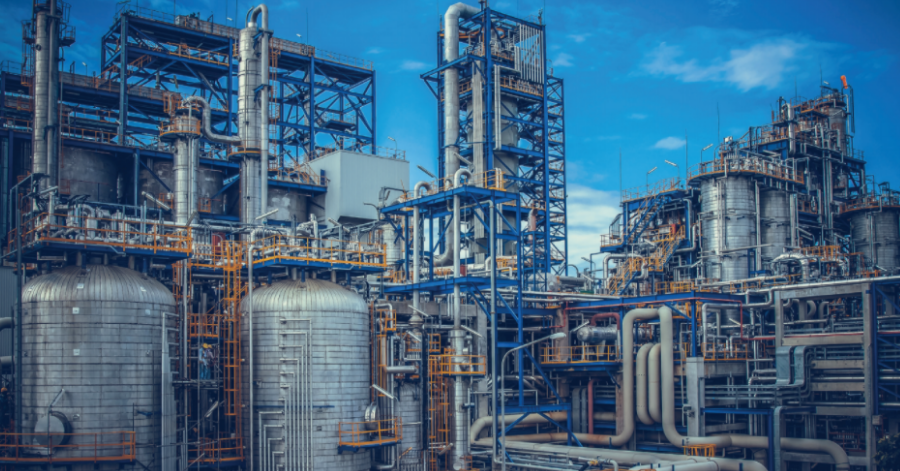Introduction
There are some things you just can’t avoid: death, taxes, and a pump’s common operational pain points- leaks, dry run, solids handling, cavitation-causing NPSH imbalance operation off the BEP, and incomplete performance curves that are inherent in chemical-transfer applications. It was in the 1980s that the first viable pump technology was created that could ostensibly deliver leak-free performance a crucial front-of-mind concern in applications where the handling and transfer of high-value hazardous chemicals was required with a design that could also mediate or eliminate the negative effects of the common operational pain points.
This technology was called seal-less, zero-leak or leak-free, and it had one main task: prevent the leakage of hazardous materials better than sealed pumps through a seal-less design. There are three reasons why leak-free performance in chemical-transfer applications is paramount:
• Most raw chemicals are expensive, meaning that they are too valuable to have leak out, get flushed down a drain during a cleaning process after a product run, or get left behind in a storage tank, railcar, tank truck or piping system after an unloading event
• Many chemicals are too hazardous for humans to handle or be exposed to, which requires leak-free operation
• Many chemicals are caustic or corrosive, which makes them hard to seal and can lead to cracks, breaks or crystallization on the seal faces, resulting in leak-causing failures

Many chemical-processing applications require pump technologies that are leak-free, dry-run capable, can handle solids, can operate off the Best Efficiency Point (BEP) and can run without any cavitation-causing net positive suction head (NPSH) imbalances occurring. Blackmer® has developed a pump technology that can handle all of those challenges with its new MAGNES Series Sliding Vane Magnetic Drive Pump.